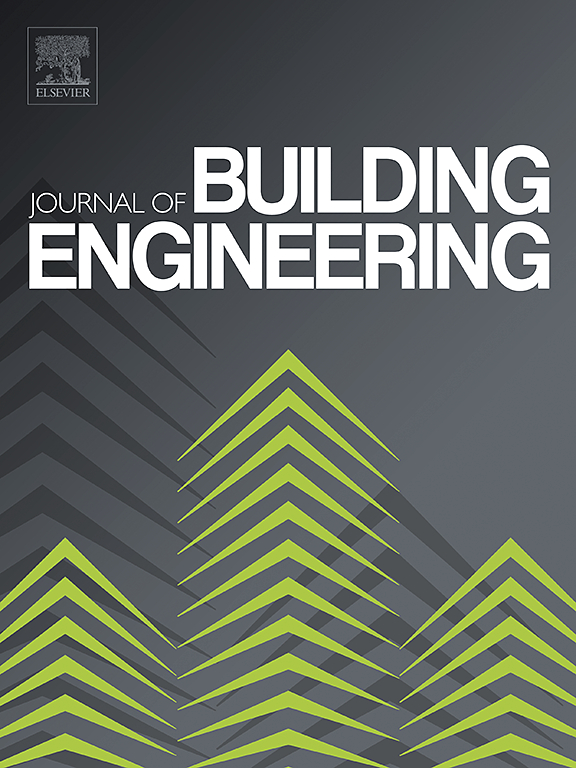Influence of curing regimes and duration on the early strength development of fibers based reactive powder concretes
IF 6.7
2区 工程技术
Q1 CONSTRUCTION & BUILDING TECHNOLOGY
引用次数: 0
Abstract
Curing regimes play a crucial role in enhancing the early strength and overall performance of reactive powder concrete (RPC). This study focuses on the influence of different curing regimes on the early strength development of various fibers based RPC mixes. RPC mixes were produced adopting four-stage mixing method. The hot water curing (HWC) and steam curing (SC) regimes achieved a strength of 84 MPa at 24 and 48 h, respectively, being equivalent to the strength of RPC under 28 days of conventional method of water curing (WC). The combined curing (CC) (1 day HWC at 100 °C followed by 7 days of oven hot air curing at 200 °C) and air curing (AC) resulted in the highest and lowest strength of 120 and 74 MPa, while hot air curing (HAC) gave a strength of 96 MPa. Different fibers adopted showed negligible influence on the variation in strength. SEM results revealed that HWC and SC produced predominantly a plate-like tobermorite and dense thick fibrous tobermorite. The HAC and CC regimes showed the presence of tobermorite and xonotlite in the diffraction pattern, whilst HWC and SC displayed tobermorite alone. Nuclear magnetic resonance spectroscopy (NMR) results showed that there is an increase in the hydration degree for hydrothermally treated curing regimes (SC, HWC, and CC) except heat treated (HAC), resulting in higher strength. At higher temperature, the existing chain-like silicates get converted to sheet-like silicates, increasing the mean chain length of C-S-H and degree of connectivity. In summary, the CC regime can be adopted in the construction industry, as it stands out as the most favourable one among all the curing methods for attaining high early strength.
求助全文
约1分钟内获得全文
求助全文
来源期刊

Journal of building engineering
Engineering-Civil and Structural Engineering
CiteScore
10.00
自引率
12.50%
发文量
1901
审稿时长
35 days
期刊介绍:
The Journal of Building Engineering is an interdisciplinary journal that covers all aspects of science and technology concerned with the whole life cycle of the built environment; from the design phase through to construction, operation, performance, maintenance and its deterioration.
 求助内容:
求助内容: 应助结果提醒方式:
应助结果提醒方式:


